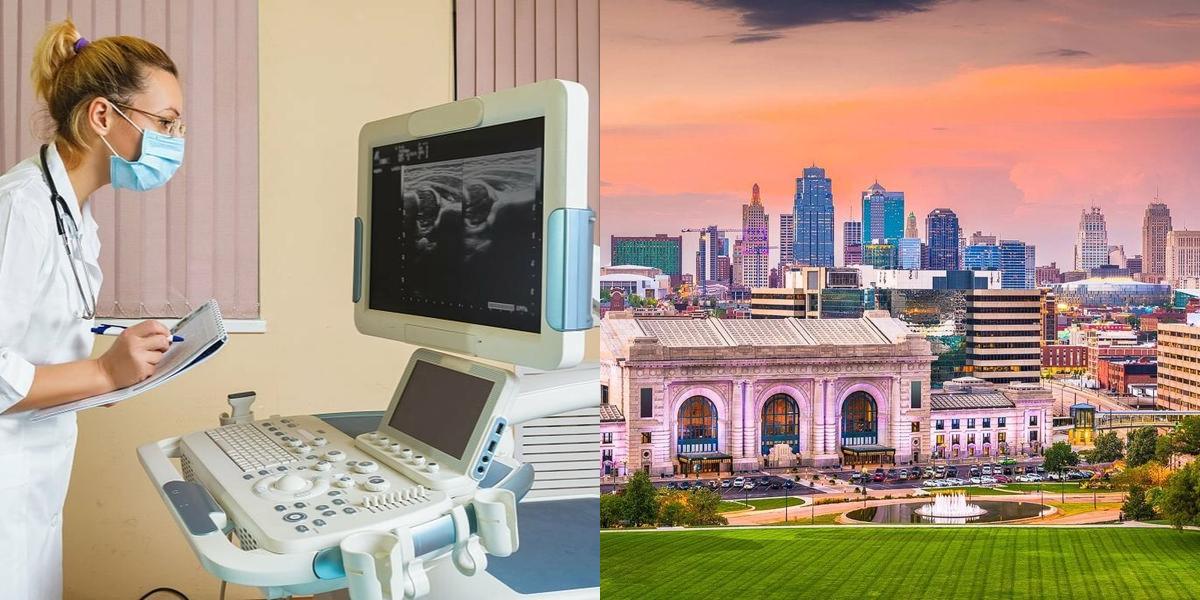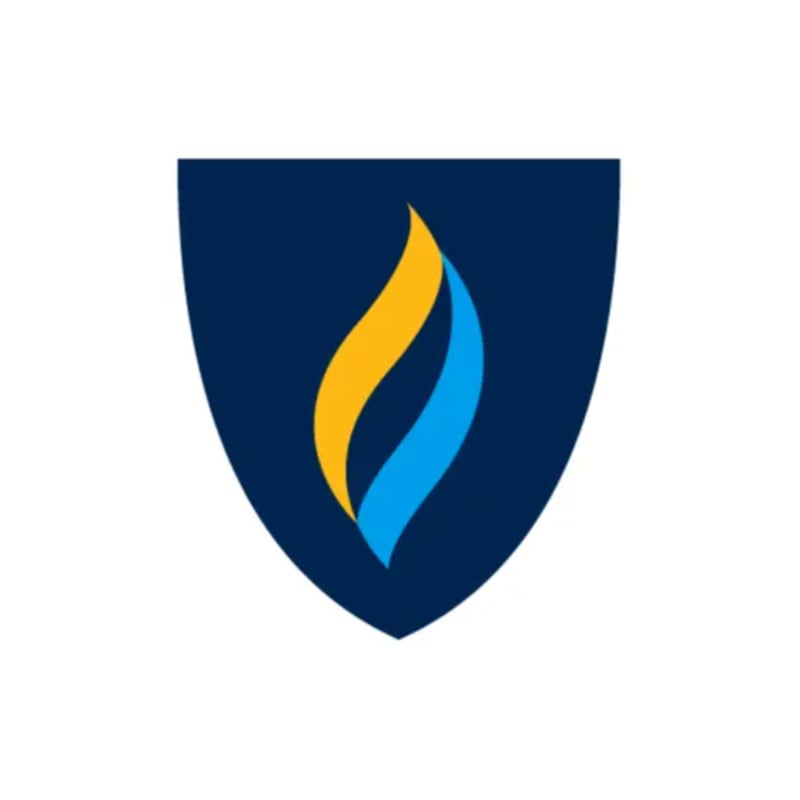How to Become a Medical Sonographer in Missouri

In 2023, approximately 84,900 diagnostic medical sonographers were employed in the U.S., with employment projected to grow 15% to 97,700 by 2033. Over 20 million ultrasound procedures are performed annually, showing the strong demand for skilled sonographers. In Missouri, diagnostic medical sonographers earn an average of $91,070 per year, making it a rewarding healthcare career with excellent growth potential. This guide explains the steps, requirements, and opportunities for starting your career in sonography.
Career Paths and Opportunities after Becoming a Diagnostic Medical Sonographer
Becoming a Diagnostic Medical Sonographer opens up a variety of career paths and opportunities. Here are a few options to consider:
Specializations Within Sonography
Once you have gained some experience as a Diagnostic Medical Sonographer, you may choose to specialize in a specific area. There are several specializations within the field of sonography, including:
- OB/GYN sonography – Pregnancy and reproductive health imaging
- Cardiac sonography – Heart imaging (RDCS certification)
- Vascular sonography – Blood vessel imaging (RVT certification)
- Abdominal sonography – Liver, kidneys, pancreas
Advanced Certifications
In addition to specializing, you may also choose to pursue advanced certifications to further enhance your skills and qualifications. Common advanced certifications include:
- Registered Diagnostic Medical Sonographer (RDMS)
- Registered Vascular Technologist (RVT)
- Registered Diagnostic Cardiac Sonographer (RDCS)
Management and Leadership Roles
With experience, sonographers can advance to supervisory or management positions. These roles involve overseeing imaging teams, managing department operations, and ensuring quality patient care. Leadership roles often come with higher pay and increased responsibility.
Education and Research
Experienced sonographers can transition into teaching roles at colleges or vocational schools. Instructors educate future sonographers in both classroom and clinical settings, helping to shape the next generation of professionals.
Research and Development
Some sonographers move into research, working with healthcare organizations or medical device companies to improve ultrasound technology and techniques. This path contributes to advancements in diagnostic imaging and patient care.
Frequently Asked Questions
How long does it take to be an ultrasound tech in Missouri?
Most associate programs take 2 years; bachelor’s programs take 4 years.
What is the fastest way to become a medical sonographer?
If you already work in healthcare, a one-year certificate program may qualify you.
How much does a sonographer make in Missouri?
The average salary is $91,070/year, according to the BLS (May 2024).
Is there a difference between a sonographer and an ultrasound tech?
No. Both terms describe the same role using ultrasound for diagnostic imaging.
Final Thoughts
Becoming a medical sonographer in Missouri is a direct path to a stable, rewarding healthcare career with strong earning potential. With accredited training, certification, and clinical experience, you can enter the field in as little as two years.
Explore accredited schools and compare programs through Dreambound to find the right fit.
Dreambound offers a window into various career paths, so if you're considering a shift in your career, browse through these articles:

Athena is Co-founder and CEO of Dreambound.




